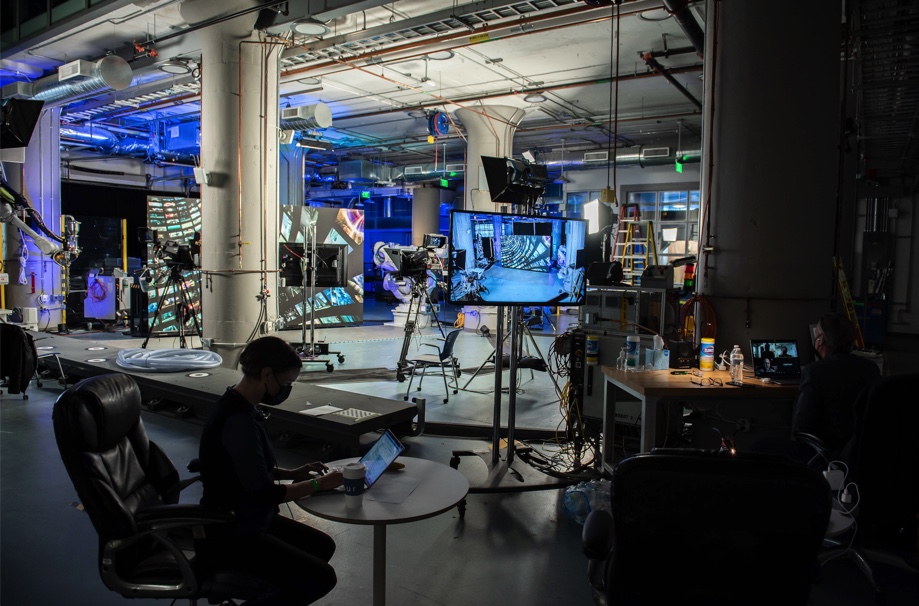WetaM and New Possibilities for Digital Transformation in Entertainment

There’s a lot of talk about digital transformation these days—it’s a business imperative for companies large and small in every industry, from AEC and manufacturing to media and entertainment.
But reimagining your business with the latest digital technologies is easier said than done. What does it really look like in practice? The answer is different for every company, of course, but the recent partnership between visual effects studio Weta Digital and Autodesk to form WetaM provides a good example for those who work in film and television.
WetaM is a cloud-based production pipeline powered by the proprietary tools of Weta Digital and built on Maya’s open API. It’s offered as a subscription service, giving VFX professionals anywhere access to Weta’s visual design and workflow automation capabilities. Weta Digital’s pioneering visual effects powered projects like Lord of the Rings, Avatar, and Game of Thrones and changed the game for computer-generated visuals. But prior to the formation of WetaM, the only way to get Weta-style results was to hire that team.
What makes this digital transformation? WetaM is taking a bespoke service provided in-house by Weta professionals and productizing the tools they’ve developed so that creators of all kinds can use them. It democratizes a highly proprietary industry while giving Weta Digital a new revenue stream. Maya’s open API makes it possible. And that, friends, is what digital transformation is all about.
Learn more about visual effects workflows and digital transformation in entertainment with these AU sessions:
Arnold + USD = Love
Pixar’s Universal Scene Description (USD) is at the heart of the Pixar workflow, enabling the interchange of models and assets between their proprietary Presto animation system and other systems for modeling, shading, and rendering. And because it’s open source, it can be at the center of your workflow, too. Frederic Servant shows you how to get the most from USD with Arnold software.
Introduction to Maya Customization
The Maya API is a powerful tool to customize and extend Maya functionality, automate processes, and boost efficiency. Lanh Hong introduces you to the possibilities and shows you how to create your first plug-in using Python.
Material Transfer in Production Using Arnold and MaterialX
Learn how to pass asset “looks” from one software platform to another without a loss of fidelity using the fully extensible Arnold software data format. Orn Gunnarsson and Krishnan Ramachandran show you how to build a flexible, connected pipeline that enables alterations big or small at any point.
Combining Live Action Into Your Grand CG World
JR Strickland shows you how to build photorealistic environments, then place live-action talent (think: Missy Elliott) in them, to create dazzling results you might have seen in some recent music videos.
Ready for Anything—How NYC’s Creative Super-Studio The-Artery Was Formed
Vico Sharabani and other members of the creative team from The-Artery studio share their work, their process, and their backgrounds, as well as tips for getting great results using Flame 3D VFX and finishing software.
There’s always more to learn at Autodesk University. We’re ready when you are.




